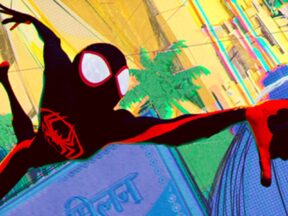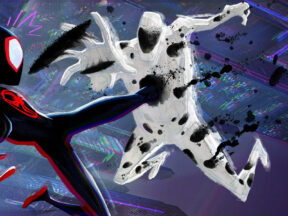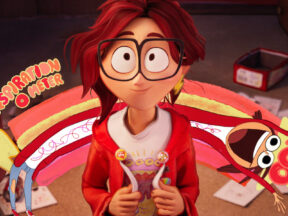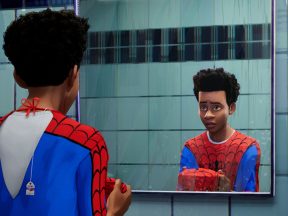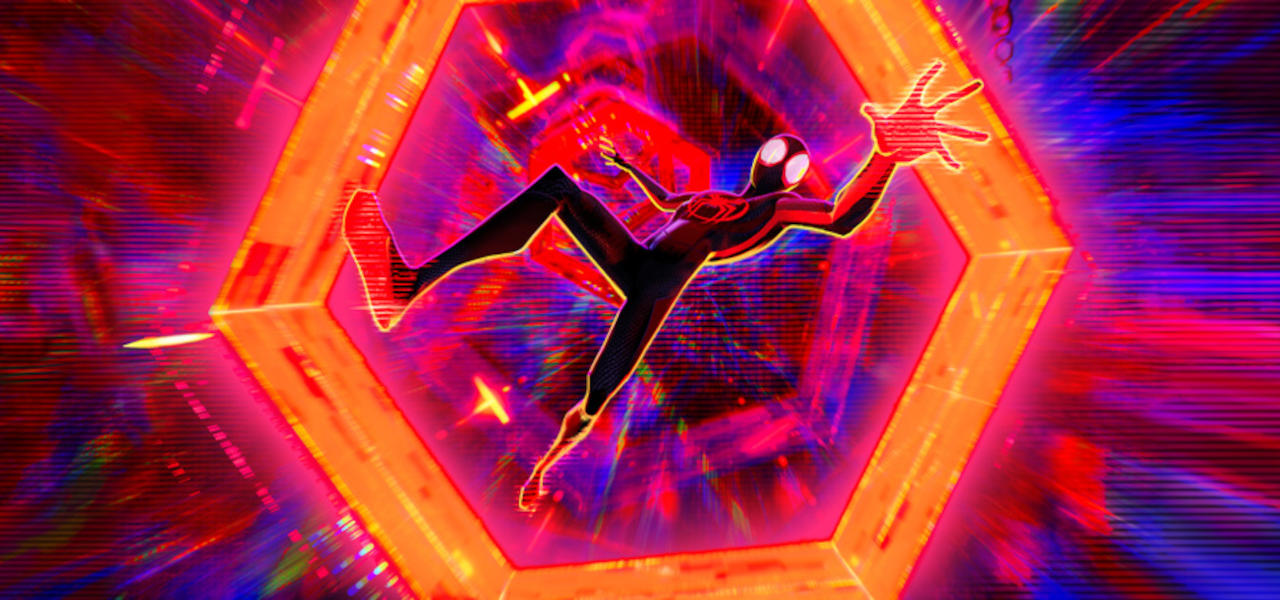
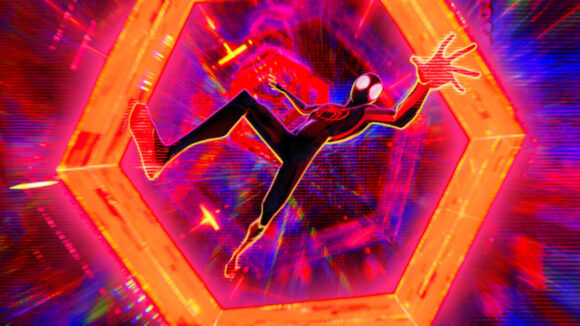
‘Across The Spider-Verse’ Artists Raise Concerns About Unsustainable Work Conditions
Sony’s latest animated Spider-Man flick is a hit with critics and fans alike and passed the half-billion-dollar mark at the box office this week. All is not well in the Spider-Verse, however, at least according to a quartet of artists who worked on the recent Spider-sequel.
In an expansive report published by Vulture, the four anonymous artists – who used pseudonyms for the piece – outlined a work culture they believe is unsustainable and which led to more than 100 artists leaving their jobs mid-production.
The individuals that spoke with Vulture were particularly critical of Phil Lord’s management style, claiming that he has trouble conceptualizing 3d animation. They also said that he would make rewrites and demand revisions on fully-rendered work, right up to the end of production. Interestingly, Lord’s longtime colleague and creative partner Chris Miller managed to escape criticism in the piece. The article indicates that while Lord was extremely involved in the film’s production – often overruling decisions made by the film’s three directors Joaquim Dos Santos, Kemp Powers, and Justin K. Thompson – Miller’s name didn’t pop up often at the studio until the last couple of months of production.
According to the artists, many workers were forced to sit idly by for three to six months in 2021 while Lord worked on the film during its layout stage. That downtime meant that when production did pick up again, there was a tremendous backlog resulting in 70-plus-hour work weeks for the crew.
One of the animators said that these issues are what pushed Across the Spider-Verse from its original October 2022 release date back to June of this year, not Covid, as it was first reported. The artist also insisted that there is no way Beyond the Spider-Verse will be ready for its currently scheduled March 29 release.
Regarding the slowdowns in production, “Charlie” said:
The biggest issue we’ve had is the writing. Phil had no idea what he wanted. Maybe he has difficulties making up his mind. I don’t know… In addition to Phil being all over the place and not settling on the story, he has a big issue with not being able to visualize layouts. When there’s a 3d layout in front of him, I guess he can’t visualize what it’s going to look like afterward. Which is kind of a problem when you’re working in 3d animation.
This meant that Lord preferred to edit fully rendered sequences. The crew members said this often led to requests for alterations to already-approved animated sequences.
“Eliott” said the delays had a demoralizing effect on the crew:
We were “idle”; that’s what they called it. And that was probably the biggest de-motivator for a lot of people: some of them had been flown over to Vancouver, gotten an apartment to work on this movie and then sat on their hands for maybe three months. The worst thing you can do to an artist is hire them and then tell them to do nothing.
The delays weren’t the only part of production that had a negative impact on artists. “Stephen” spoke about the emotional toll of having to redo finished shots again and again, saying:
I do genuinely think it’s a good movie. But that being said, it’s been debilitating for a lot of the artists involved. Morale was incredibly low, and a lot of people reassessed if this was even something they wanted to be a part of. It’s this perpetual emotional give-and-take that’s very stressful; it absolutely affects people’s lives, sleep schedules, energy levels, their burnout.
According to Sony, more than 1,000 artists worked on the film, which means around 90% made it to the end of production. “Stephen” explained why he thinks so many people stayed around, despite the poor conditions:
[A] lot stayed on just so they could make sure their work survived until the end — because if it gets changed, it’s no longer yours. I know people who were on the project for over a year who left, and now they have little to show for it because everything was changed.
“Charlie” had a similar theory:
Because it’s such a cool project, people want to get their shots in. They want to finish them and make sure it’s in the movie and they can keep it for their reel… The hardest thing on the animators has not been working 11 hours a day, 70 hours a week. It’s been the wasted work and the frustration of putting in that many hours just to see it changed or thrown away.
“Nathan” also criticized how Sony compensated new artists who were brought in to work on the film:
Sony lowballs them on their salary with the promise that overtime pay will boost their income to the level that it should be.
It’s important to recognize here that Sony Pictures Imageworks (SPI), the studio which handled the actual animation of Across the Spider-Verse, operates as an independent vendor that is contracted by Sony Pictures Animation, and that SPI is not a union studio. SPI’s wage structure caused a stir back in May when the company launched a new studio in Montreal, listing positions for animators, compositors, and lighters, all of which had starting salaries of Usd$22.50/hour.
Sony representatives also spoke with Vulture to defend the production of Across the Spider-Verse, although Lord himself is not quoted in the piece. Sony Pictures Imageworks executive vp and general manager Michelle Grady said that the four artists who chose to speak out are not representative of most of the people who worked on the film and that the number of revisions that artists were asked to make was not out of the ordinary. “It really does happen on every film,” she said. “Truly, honestly, it can be a little bit frustrating, but we always try to explain that this is the process.
Amy Pascal, former Sony Pictures Entertainment chairperson and producer on Spider-Verse 1 and 2, defended Lord’s management style, saying, “One of the things about animation that makes it such a wonderful thing to work on is that you get to keep going until the story is right. If the story isn’t right, you have to keep going until it is.”
Pascal’s response to the workers who felt demoralized by having to revise final renders several times may not go over well with the artists. “I guess, Welcome to making a movie,” she told Vulture.

.png)
